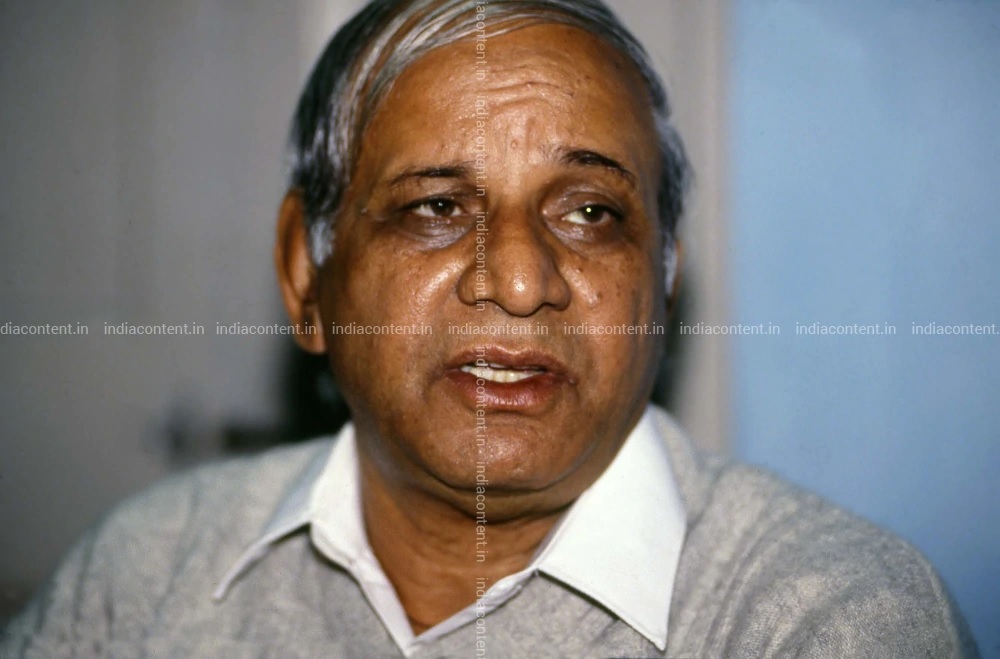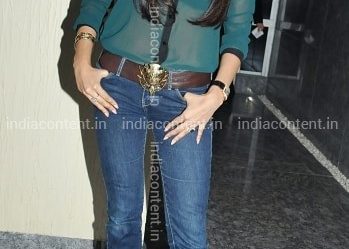
The 86th Birth Anniversary of Kanshi Ram, the Indian politician and social reformer was commemorated on 15 March 2020. Kanshi Ram is known as Yugpurush, Bahujan Nayak or Saheb.

Kanshi Ram is known for his works for the upliftment and political mobilisation of the Bahujans, including untouchable groups who belonged to the bottom of the caste pyramid in India. He handed over his leadership of the BSP to his political disciple Mayawati, who has served four terms as Chief Minister of Uttar Pradesh.
Kanshi Ram Biography
Kanshi Ram was born on 15 March 1934 in Punjab, India. He attended various local schools and graduated with a BSc degree from Government College, Ropar. He got a job in the civil service as part of a Dalit quota system, a practice he later opposed as “tokenism”. Ram held a seat in Parliament for a short period from 1996 to 1997. As the BSP became a strong political force in Uttar Pradesh, his protégé Mayawati, became the first Dalit chief minister of an Indian state in 1995.
Kanshi Ram Political Career
Kanshi Ram’s early career was with the offices of Explosive Research and Development Laboratory in Pune under the government’s scheme of affirmative action. In 1964, he got to experience caste discrimination for the first time, which prompted him to become an activist. His admirers believe that was attracted towards the movement against caste discrimination by reading B. R. Ambedkar’s book ‘Annihilation of Caste’. However, Kanshi Ram strongly moved by the thoughts and philosophy of B. R. Ambedkar.
Ram’s had a political inclination towards the Republican Party of India (RPI), but its alliance with the Indian National Congress let him down. He established the All India SC, ST, OBC and Minority Employees Association in 1978, which was later renamed as BAMCEF, an organisation that propagated the principles of Ambedkar among educated members of the Scheduled Castes, Scheduled Tribes, Other Backwards Classes and Minorities.
BAMCEF was not a political or religious organisation and it didn’t aim of agitating for its purpose. According to Suryakant Waghmore, Associate Professor and Chairperson of the Centre for Social Justice and Governance, Tata Institute of Social Sciences, BAMCEF was an organisation that appealed to the “comparatively well-off class among Dalits who are mostly based in urban areas and small towns working as government servants and partially alienated from their untouchable identities”.
In 1981, Ram founded Dalit Shoshit Samaj Sangharsh Samiti, another social organisation formed with the motive of consolidating the Dalit vote and in 1984 he established the Bahujan Samaj Party (BSP). In 1984, he contested in his first election from the Janjgir-Champa constituency in Chhattisgarh. The party found success in Uttar Pradesh but faced a divide between Dalits and Other Backward Classes but it was later solved under the leadership of Mayawati.

After establishing the BSP, Ram said the party will be contesting the first election to lose, second to get noticed and the third election to win. In 1988, he contested from the Allahabad constituency and lost for 70,000 votes to V. P. Singh who became Prime Minister in the future. In 1989, Ram contested from East Delhi constituency in Lok Sabha election but came at the fourth position. He then represented the 11th Lok Sabha from Hoshiarpur constituency. Kanshiram was also elected as a member of Lok Sabha from Etawah in Uttar Pradesh. In 2001, he publicly announced Mayawati as his successor.
Kanshi Ram Personal Life
In 1982 Ram wrote his book ‘The Chamcha Age’ in which he mentioned Dalit leaders Jagjivan Ram and Ram Vilas Paswan with the term ‘chamcha’ (stooge). Through his book, he encouraged the Dalits to work politically for their ends rather than compromise by working with other parties. In 2002, Ram announced his decision to adopt Buddhism on 14 October 2006, which was the 50th anniversary of Ambedkar’s conversion, however, he died on 9 October 2006. He had invited 50,000,000 of his followers to embrace Buddhism with him. His followers included not only the untouchables but persons from a variety of castes.
Kanshi Ram Death Reason
Kanshi Ram died of a severe heart attack on 9 October 2006 in New Delhi at the age of 72. He was bedridden for two years before his death. He was a diabetic patient who also suffered a heart attack in 1994, an arterial clot in his brain in 1995 and a paralytic stroke in 2003.
Ram’s funeral rites were performed according to Buddhist tradition with Mayawati lighting the pyre as per his wishes. His ashes were placed in an urn and kept at Prerna Sthal, where many people paid their respects. The then Indian Prime Minister Manmohan Singh, in his condolence message, described Ram as one of the greatest social reformers of our times and that his political ideas and movements had a significant impact on our political evolution.

Kanshi Ram Images on India Content Website
The India Content website has a good stock of Kanshi Ram images. The high-definition images on the website are available in three sizes – small, medium and large.
You can purchase various other content images from the https://www.indiacontent.in


